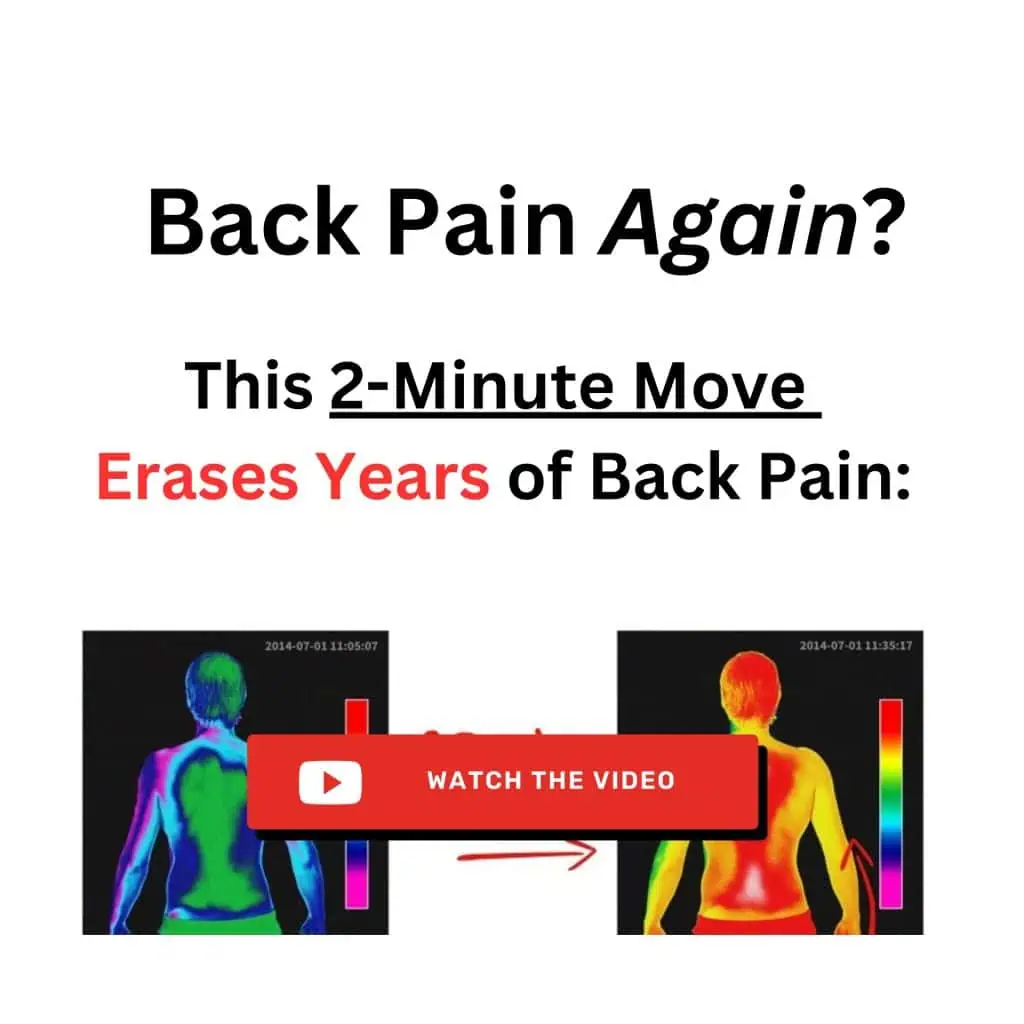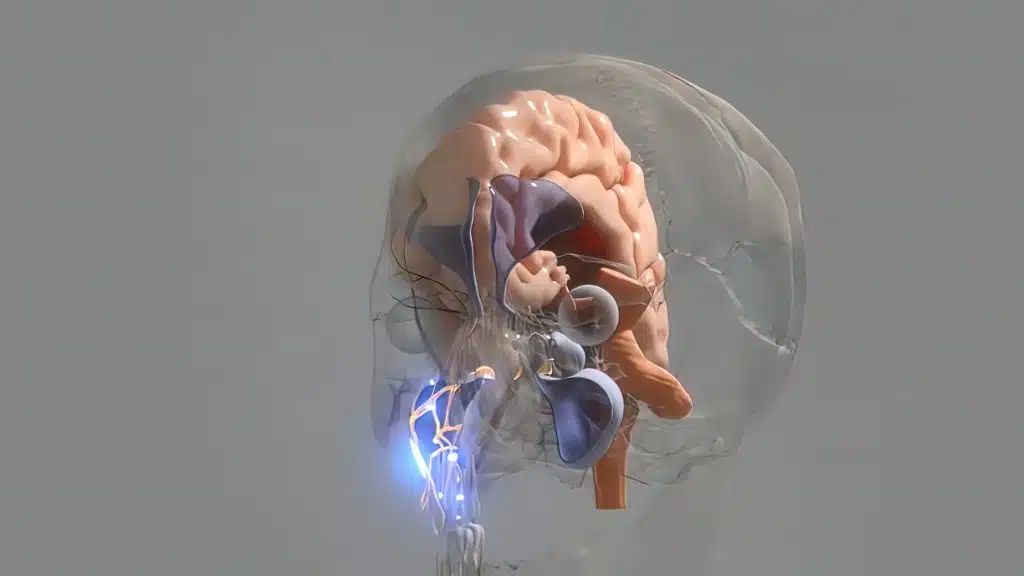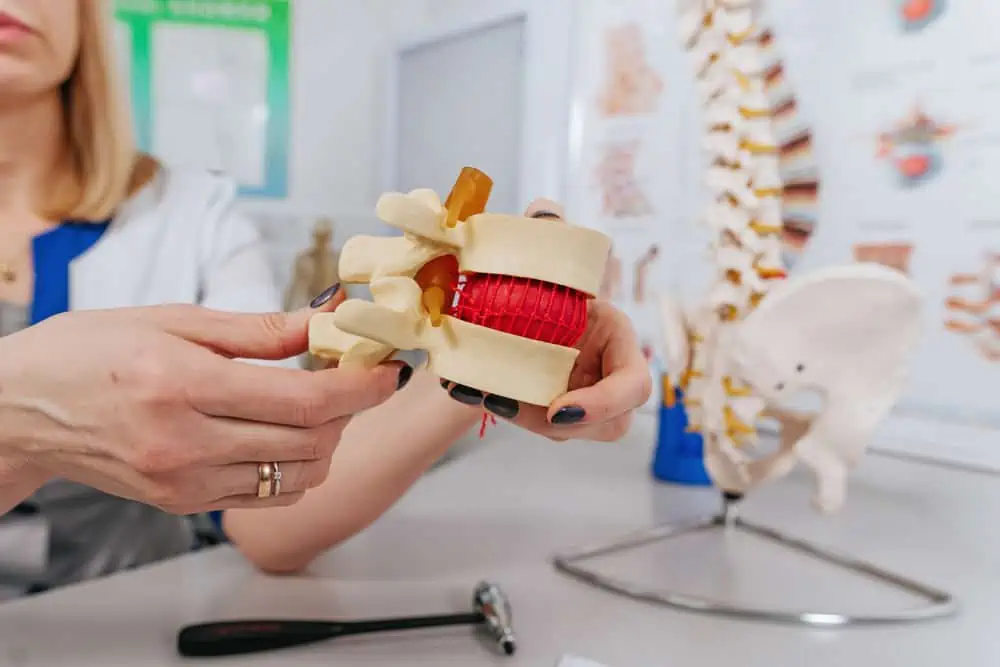The Vertiflex Procedure has emerged as a significant advancement in the treatment of lumbar spinal stenosis (LSS), a common condition that causes back and leg pain, especially in older adults. This minimally invasive solution involves the placement of an interspinous spacer designed to alleviate pressure on the nerves affected by spinal stenosis, without the need for more invasive surgery. The beauty of the Vertiflex Procedure lies in its simplicity and the minimal recovery time required, making it a favorable option for those seeking relief from chronic pain associated with LSS.
Clinical studies supporting the Vertiflex Procedure have shown positive outcomes for patients. The device’s benefits include reduced pain and improved mobility, making it an attractive treatment option for those with moderate degenerative changes in their lower spine. As we consider the potential impact on quality of life, it’s important for candidates to thoroughly understand the procedure, the evidence backing its efficacy, and hear from others who have experienced its benefits firsthand. These insights can aid in making informed decisions when exploring treatment options for alleviating the discomfort caused by lumbar spinal stenosis.

Key Takeaways
- The Vertiflex Procedure offers a minimally invasive pain relief solution for lumbar spinal stenosis.
- Clinical evidence supports its effectiveness in reducing pain and improving mobility.
- It presents a favorable treatment option due to its minimally invasive nature and rapid recovery time.
Understanding Spinal Stenosis
In this section, we explore spinal stenosis, focusing on its impact on the spine’s anatomy, the symptoms and diagnosis process, the underlying causes, current non-surgical treatments, and specific conditions that indicate the suitability of the Vertiflex Procedure.
Anatomy of the Spine
The spine is a complex structure consisting of vertebrae, intervertebral discs, and the spinal canal that houses the spinal cord. Nerves branch out from the spinal cord through openings in the vertebrae called foramina. It is essential for maintaining our upright posture and providing flexibility and strength.
Symptoms and Diagnosis
Spinal stenosis often leads to symptoms including back pain, numbness, tingling, and weakness in the legs and back. Neurogenic claudication, which is a hallmark of lumbar spinal stenosis, causes leg pain that improves when leaning forward or sitting down. Diagnosis typically involves a clinical evaluation along with imaging tests like MRI or CT scans to visualize the narrowing of the space where nerve roots may be compressed.
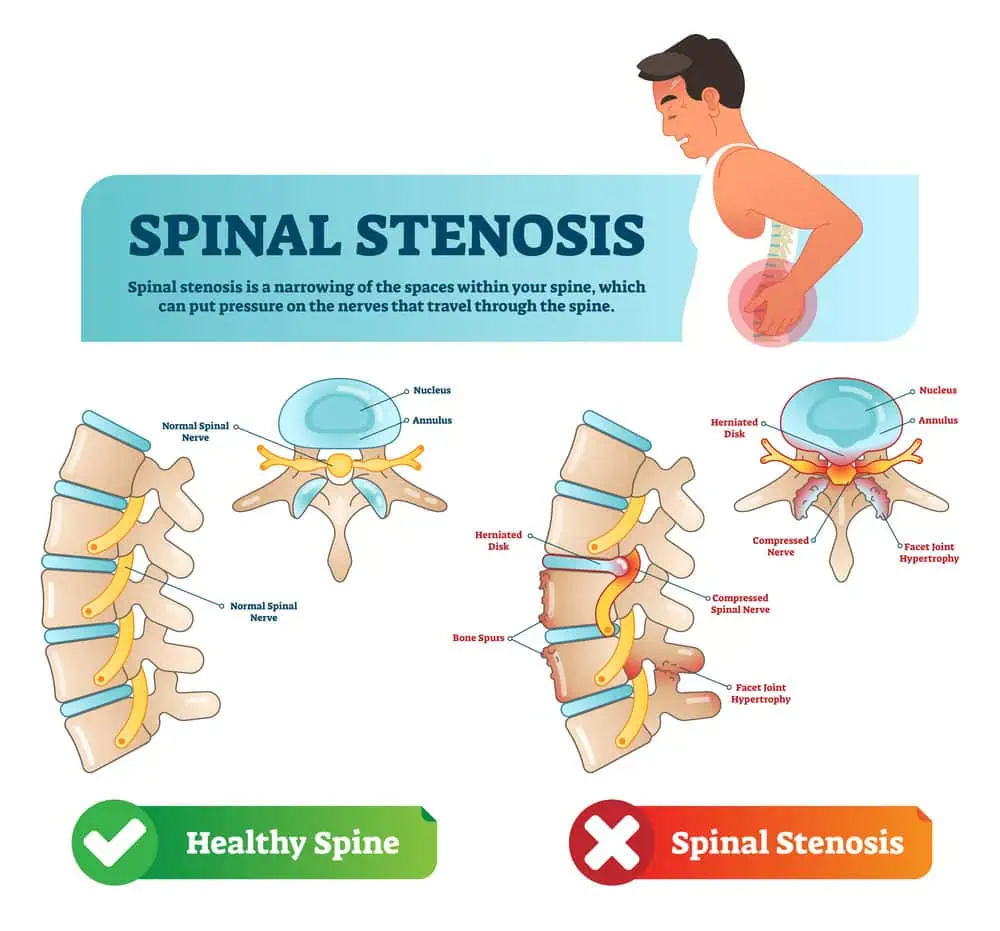
Causes and Risk Factors
Aging and wear and tear on the lower spine from routine activities are common contributors to spinal stenosis. Other risk factors include overgrowth of bone, herniated disks, and conditions such as scoliosis. These factors can lead to a reduction in the space available for nerves, potentially causing irritation or compression.
Conservative Treatment Approaches
Conservative treatment, which is the first line of pain management, may encompass physical therapy, medications, and epidural injections. These are aimed at reducing inflammation and managing symptoms but do not reverse the narrowing that occurs with spinal stenosis.
Conditions Indicating Vertiflex Procedure
The Vertiflex Procedure is indicated for patients with moderate degenerative lumbar spinal stenosis experiencing neurogenic claudication, in the absence of greater than grade 1 spondylolisthesis. Candidates typically find relief from symptoms when sitting down or leaning forward.
The Vertiflex Procedure
The Vertiflex Procedure represents a significant advancement in the field of pain management, offering a minimally invasive solution for lumbar spinal stenosis (LSS). It involves the implantation of the Superion™ Indirect Decompression System, developed by Boston Scientific, and aims to alleviate pain by reducing pressure on the spinal nerves.
The Vertiflex Procedure, also known as the Superion Indirect Decompression System, is a minimally invasive treatment for lumbar spinal stenosis. During the procedure, a small incision is made in the lower back to access the spine. A specialized implant is then inserted between the spinous processes of the affected vertebrae, which helps to create space and reduce pressure on the spinal nerves. This spacer device maintains the vertebrae in a slightly flexed position, alleviating pain and improving mobility. The procedure typically takes about an hour and is performed under local anesthesia, allowing for a quicker recovery compared to traditional open spine surgery
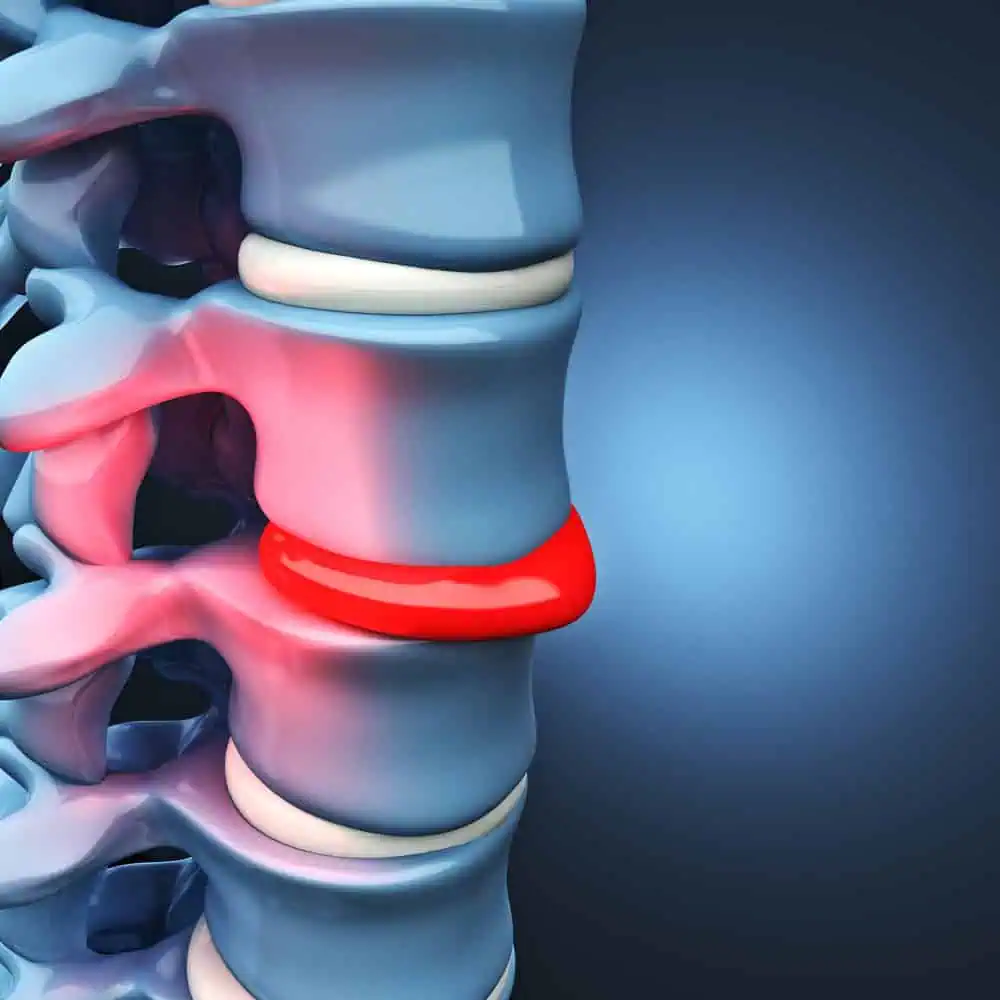
Overview of Vertiflex
The Vertiflex Procedure is designed to treat lumbar spinal stenosis, a condition where narrowing of the spinal canal causes pressure on nerves, leading to significant pain and mobility issues. The procedure involves placing a small implant, the Superion™ Indirect Decompression System, between the spinous processes of the vertebrae to indirectly decompress the affected area.
The Implantation Process
Implantation of the Vertiflex device is performed under local anesthetic in an outpatient setting, which allows for a small incision and minimal tissue disruption. Our goal during the implantation process is to provide an effective treatment option with reduced recovery time and risks typically associated with more invasive surgeries.
The Mechanism: Indirect Decompression
The Superion Indirect Decompression System operates on the principle of indirect decompression. By creating space between the vertebrae, the implant relieves the pressure on the nerves passing through the spinal canal. This process addresses the underlying issue of spinal stenosis without the need for removing bone or soft tissue.
Recovery and Aftercare
Post-procedure care is vital for a successful recovery. Patients can generally return home the same day and resume normal activities shortly after. We stress the importance of following all post-procedure care instructions to ensure patient safety and optimal outcomes.
Advantages of Vertiflex
The Vertiflex Procedure offers numerous advantages over traditional options, including:
- A minimally invasive solution
- Reduced risk of infection and nerve damage
- No general anesthesia is required
- Shorter recovery time
- Pain relief that can improve quality of life
- It is covered by Original Medicare and numerous insurance plans, subject to medical necessity.
Addressing Potential Complications
While the Vertiflex Procedure is considered safe and effective, it’s crucial to address potential risks such as infection and nerve damage. Clinical studies have been conducted to ensure that the Vertiflex Procedure maintains a robust profile for patient safety. As with any medical treatment, it is imperative that patients discuss all potential risks with their healthcare provider.
Clinical Evidence and Research
In this section, we will discuss the solid evidence and clinical research that supports the Vertiflex Procedure, focusing on its FDA approval, clinical outcomes, comparison with other treatments, insurance coverage, and the impact on long-term patient quality of life.
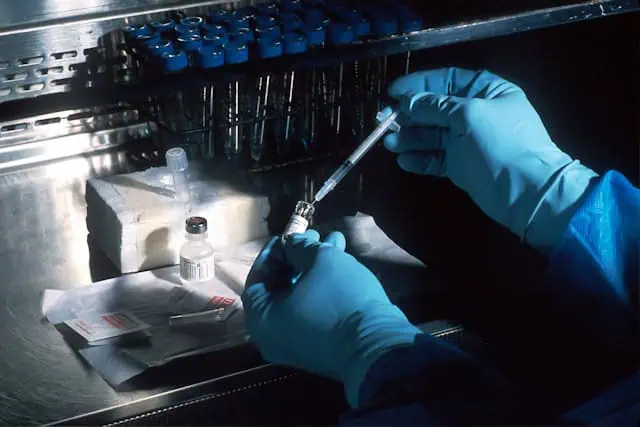
FDA Approval and Guidelines
The Vertiflex Procedure, as a minimally invasive treatment for lumbar spinal stenosis (LSS), received FDA approval based on its safety and efficacy. The guidelines specify that it is intended for patients who have exhausted non-operative options and for whom the risks of traditional back surgery may outweigh the benefits.
Clinical Studies and Outcomes
Several clinical studies featuring experts like Patel VV and Nunley PD have established the procedure’s effectiveness. The Vertiflex Procedure demonstrated significant pain relief and improved physical function in patients, as reflected in high satisfaction rates. Importantly, these outcomes were observed in a Level 1 evidence-based procedure, indicating strong research support.
Comparative Analysis with Other Treatments
When comparing Vertiflex to other LSS treatments such as fusion surgery or radiofrequency ablation, studies conducted by surgeons like Orndorff DG and Lavelle WF show a favorable profile for Vertiflex. It offers comparable relief with fewer complications and a lesser impact on patient’s medical comorbidities, due to its less invasive nature.
Insurance and Medicare Coverage
Insurance providers, including Original Medicare, evaluate treatments like Vertiflex for their medical efficacy and cost-effectiveness. Procedures that are FDA approved and have substantial backing in clinical literature are often covered, which is true for the Vertiflex Procedure, thus offering financial ease to patients.
Long-term Effectiveness and Patient Quality of Life
Research by authorities such as Geisler FH underscores the long-term effectiveness of Vertiflex, with patients reporting sustained improvement in their quality of life. This minimally invasive treatment has been pivotal in reducing long-term dependence on pain management services, thus supporting a better life for those with LSS.
Considering Vertiflex as a Treatment Option
When we explore potential treatments for lumbar spinal stenosis (LSS), the Vertiflex procedure emerges as a minimally invasive option aimed at reducing leg and back pain while preserving normal spine anatomy. Careful patient selection and specialist consultation are pivotal in determining its suitability.

Criteria for Patient Selection
To identify the ideal candidates for the Vertiflex procedure, we adhere to specific criteria. Patients typically considered experience symptomatic neurogenic claudication due to LSS that is refractory to conservative pain management strategies. Ideal patients should not have severe medical comorbidities that may preclude them from undergoing minimally invasive procedures. It is also essential that there were no significant anatomical issues detected that could prevent the effective placement of the spacer.
Key points for patient selection include:
- Symptomatic neurogenic claudication
- Inadequate response to non-surgical pain management
- Lack of severe medical comorbidities
- Suitable anatomical structure for spacer placement
Consulting with a Specialist
An essential step for patients considering the Vertiflex is a specialist consultation. During this meeting, we will discuss the specific details of the procedure, evaluate its potential risks and benefits, and compare it with other treatment alternatives. Together with healthcare professionals, we will review any previous treatments for LSS and ascertain the persistence of leg pain and neurogenic claudication despite those treatments. We ensure that our patients receive comprehensive information to make an informed decision tailored to their needs.
During specialist consultation, we focus on:
- Tailoring the discussion to the patient’s unique medical history
- Evaluating candidacy based on individual pain profile and spinal anatomy
- Providing detailed comparisons with alternative treatments
Patient Experiences and Perspectives

When we discuss the Vertiflex procedure, it is crucial to highlight the experiences and perspectives shared by patients who have undergone the treatment. While every patient’s journey is individual, common themes emerge in the form of safety, comfort, improved quality of life, and relief from symptoms like leg and back pain.
Patient Safety
The procedure is minimally invasive, instilling confidence in patients wary of traditional surgery risks. Continuous attention to safety during the procedure is reflected in patient testimonials.
Comfort and Recovery
Patients commonly report an increase in comfort. Recovery times are typically shorter compared to open surgery, allowing patients to resume daily activities swiftly.
Improved Quality of Life
Many patients experience a significant improvement in their quality of life. They report relief from chronic symptoms that once hindered their mobility and daily activities.
| Symptom Relief | Percentage |
|---|---|
| Back Pain | 70% |
| Leg Pain | 80% |
Data drawn from a 5-year case study
Addressing Conservative Treatment
For those where conservative treatment has failed, the Vertiflex becomes a viable next step before considering more invasive surgical options.
Patients with conditions such as loss of balance or weakness in the legs due to lumbar spinal stenosis have communicated aching reduction and increased stability post-procedure. Our objective remains to ensure that the perspectives of the patients align with the treatment outcomes aimed at restoring their sense of normalcy and independence.
Vertiflex Procedure in the Wider Context of Spinal Health
The Vertiflex Procedure presents a significant development within spinal health, particularly for managing lumbar spinal stenosis. We will explore its role compared to other treatments and delve into its potential future in spinal health management.
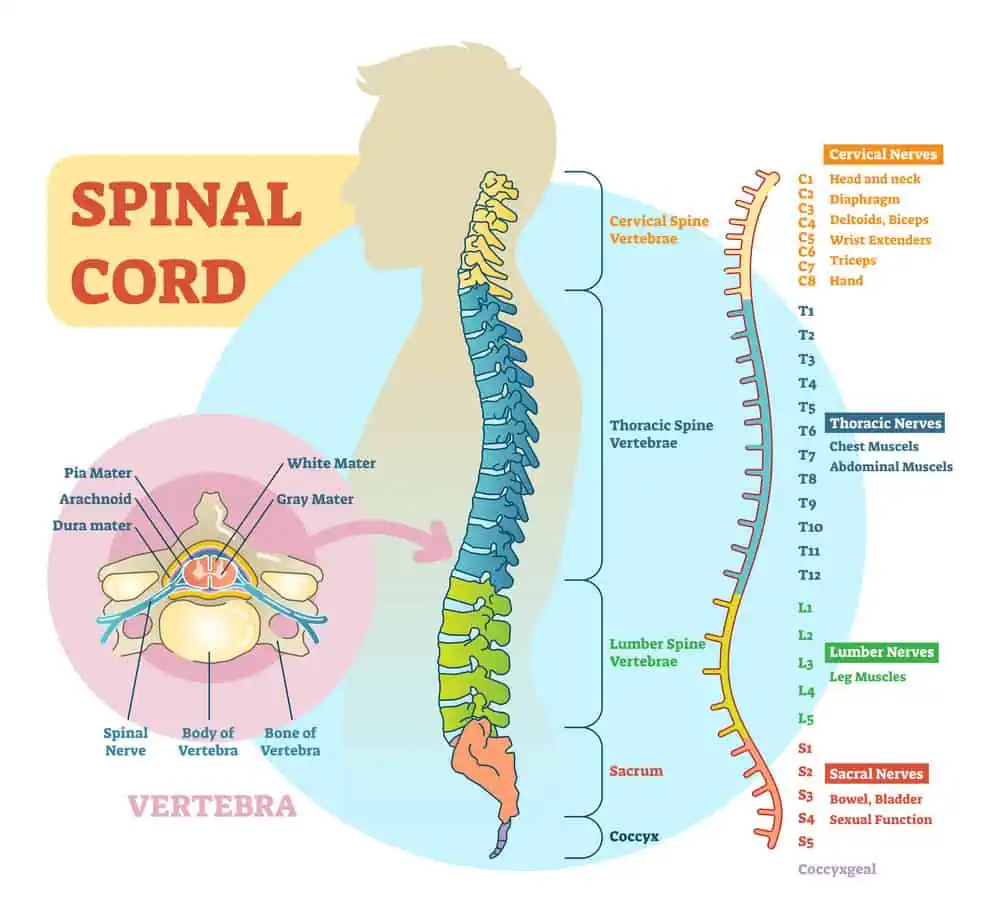
Comparison with Other Spinal Treatments
Lumbar spinal stenosis often leads to debilitating leg pain and reduced quality of life for patients. Unlike more conservative treatments—such as physical therapy and medication—or more invasive options like surgery and spinal fusion, the Vertiflex Procedure provides a minimally invasive solution. Here is how it stacks up:
- Effectiveness: Compared to conservative treatment, clinical studies support the Vertiflex Procedure’s ability to produce long-term relief from leg and back pain associated with LSS.
- Patient Safety: Being minimally invasive, it carries fewer risks than traditional open back surgery, particularly important for patient safety.
- Recovery Time: Recovery from the Vertiflex Procedure often allows for a quicker return to daily activities than with more extensive surgical interventions.
In cases of spinal conditions such as scoliosis, the Vertiflex Procedure is not applicable. It is specifically designed for lumbar spinal stenosis, thus the comparison is conditional on the diagnosis.
The Future of Spinal Stenosis Management
Looking at treatment advances, the Vertiflex Procedure signals a move towards less invasive management options for spinal stenosis.
- Clinical Studies: Ongoing research is crucial, and continuous monitoring of patient outcomes will determine the potential shifts in standard care practices.
- Innovation: As a relatively new procedure, there is scope for enhancement and possibly broader applications as technology progresses.
In conclusion, our analysis underscores the Vertiflex Procedure’s notable role amid a range of spinal treatment options, its contribution to patient quality of life, and its part in the evolving landscape of spinal health care.
Key Takeaways
Treatment
We recognize that the Vertiflex Procedure offers a minimally invasive solution for lumbar spinal stenosis (LSS). It involves the placement of a small implant between the vertebrae to maintain the appropriate spacing and relieve pressure on the nerves.
Effectiveness
The procedure has demonstrated efficacy with Level 1 evidence, characterized by sustained relief from leg and back pain for many patients.
Recovery Time
Patients generally experience a shorter recovery time in comparison to traditional surgery. Most are able to resume daily activities with reduced pain soon after the procedure.
Insurance
This treatment is covered by Medicare and several private insurance companies, subject to medical necessity and specific plan details.
Clinical Studies
We place high value on the extensive data from clinical studies that support the effectiveness and safety of the Vertiflex Procedure.
Patient Experiences
Many individuals report successful outcomes with improved quality of life post-treatment. However, individual results may vary, underscoring the importance of personal consultations with healthcare providers.
By utilizing this information, we aim to assist those considering the Vertiflex Procedure in making informed decisions regarding their spinal health.
Frequently Asked Questions
In this section, we cover some of the most common questions you might have about the Vertiflex procedure, offering clear and precise answers.
How much does the Vertiflex procedure typically cost?
The cost of the Vertiflex procedure can vary based on your insurance coverage and the medical facility where it’s performed. It’s important to consult with your healthcare provider for a detailed cost breakdown.
What is the reported success rate for patients undergoing the Vertiflex procedure?
Patients who have undergone the Vertiflex procedure generally report a high level of success in managing symptoms associated with lumbar spinal stenosis. Clinical trials have shown that a significant number of patients experience relief from leg and back pain.
Can you outline the advantages and disadvantages of the Vertiflex procedure?
Advantages of Vertiflex include its minimally invasive nature, the procedure’s ability to offer immediate relief, and its long-term effectiveness in alleviating pain. However, as with any medical procedure, there are potential disadvantages such as the risk of infection, minimal chance of implant migration, or a lack of efficacy for some individuals.
What are the potential side effects associated with the Vertiflex procedure?
Some potential side effects include pain at the implant site, implant-related complications, and a minor risk of bleeding or infection. The majority of these side effects are rare and can be managed by a healthcare professional.
What is the expected longevity of the Vertiflex implant?
The Vertiflex implant is designed to provide long-lasting relief from symptoms. While patient experiences may vary, the implant has been shown to maintain its effectiveness for extended periods, and many patients enjoy long-term benefits.
What conditions or factors might disqualify an individual from being a suitable candidate for the Vertiflex procedure?
Certain conditions, such as allergies to device materials, pregnancy, severe osteoporosis, or spinal anatomy that prevents safe implantation, can disqualify an individual from undergoing the Vertiflex procedure. Consultation with a specialist will determine your eligibility.



